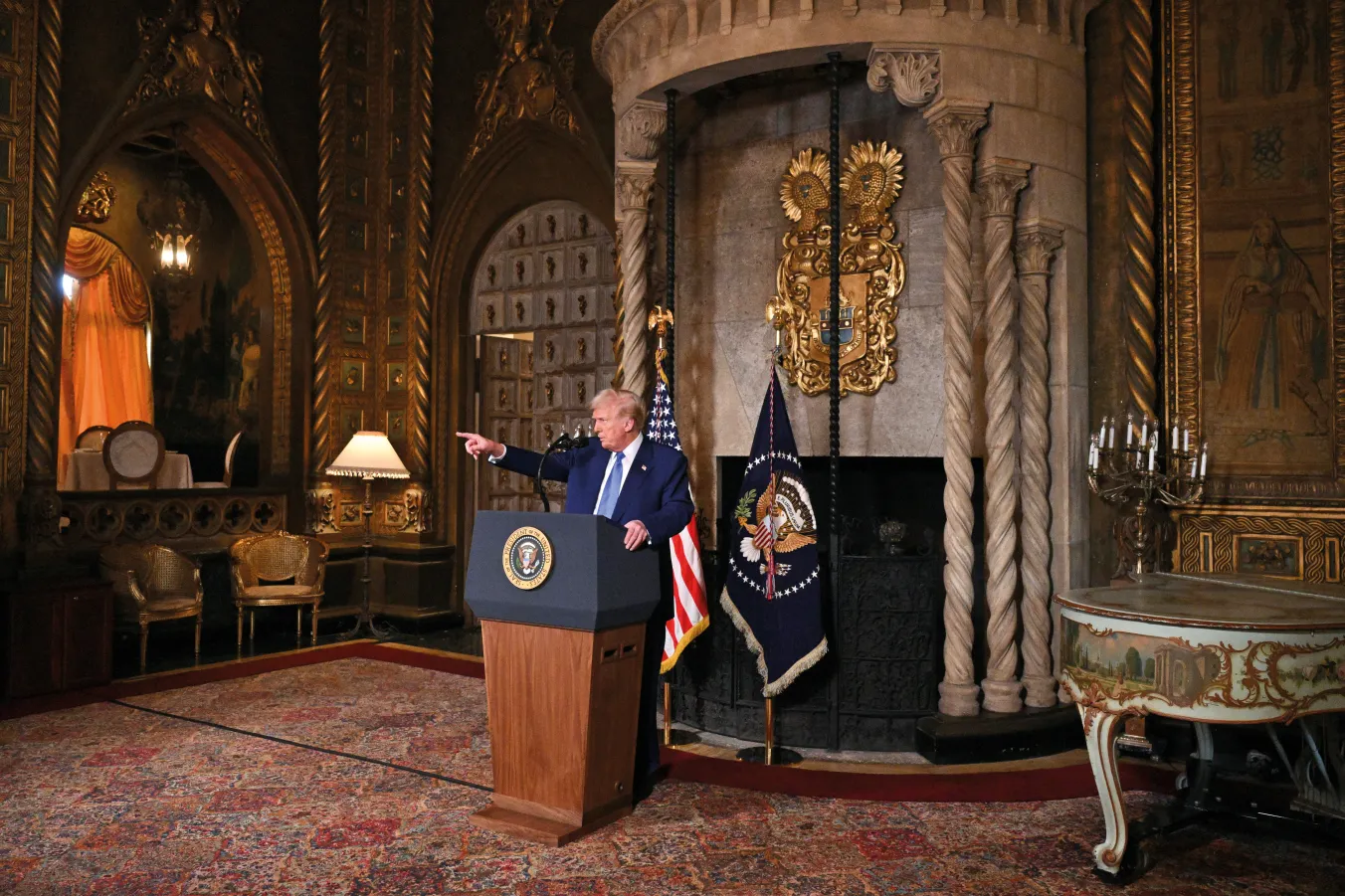VIJAY PRASHAD examines why in 2018 Washington started to take an increasingly belligerent stance towards ‘near peer rivals’ – Russa and China – with far-reaching geopolitical effects
The Budget: harsh class reality lurks behind ‘working people’ rhetoric
In the first of two articles, ROBERT GRIFFITHS argues that despite a parliamentary majority, Labour’s timid Budget fails to seize a historic opportunity and lacks the ambition needed to address Britain’s deep social and economic crises

AS a modern-day Aesop’s Fable might put it, Chancellor Rachel Reeves has laboured mightily and brought forth a mouse. With a majority of around 156 MPs at Westminster, her Budget on Wednesday missed a golden opportunity to begin fixing Britain’s big social and economic problems.
These include 14 million people in poverty (including four million children); six million patients on hospital waiting lists; 1,290,000 people and families on housing waiting lists; and public services run down or privatised.
Led by the Tories and their right-wing press, much of the public debate before, during and after Budget day focused on Labour’s plans to increase employers’ National Insurance contributions (NICs).
More from this author
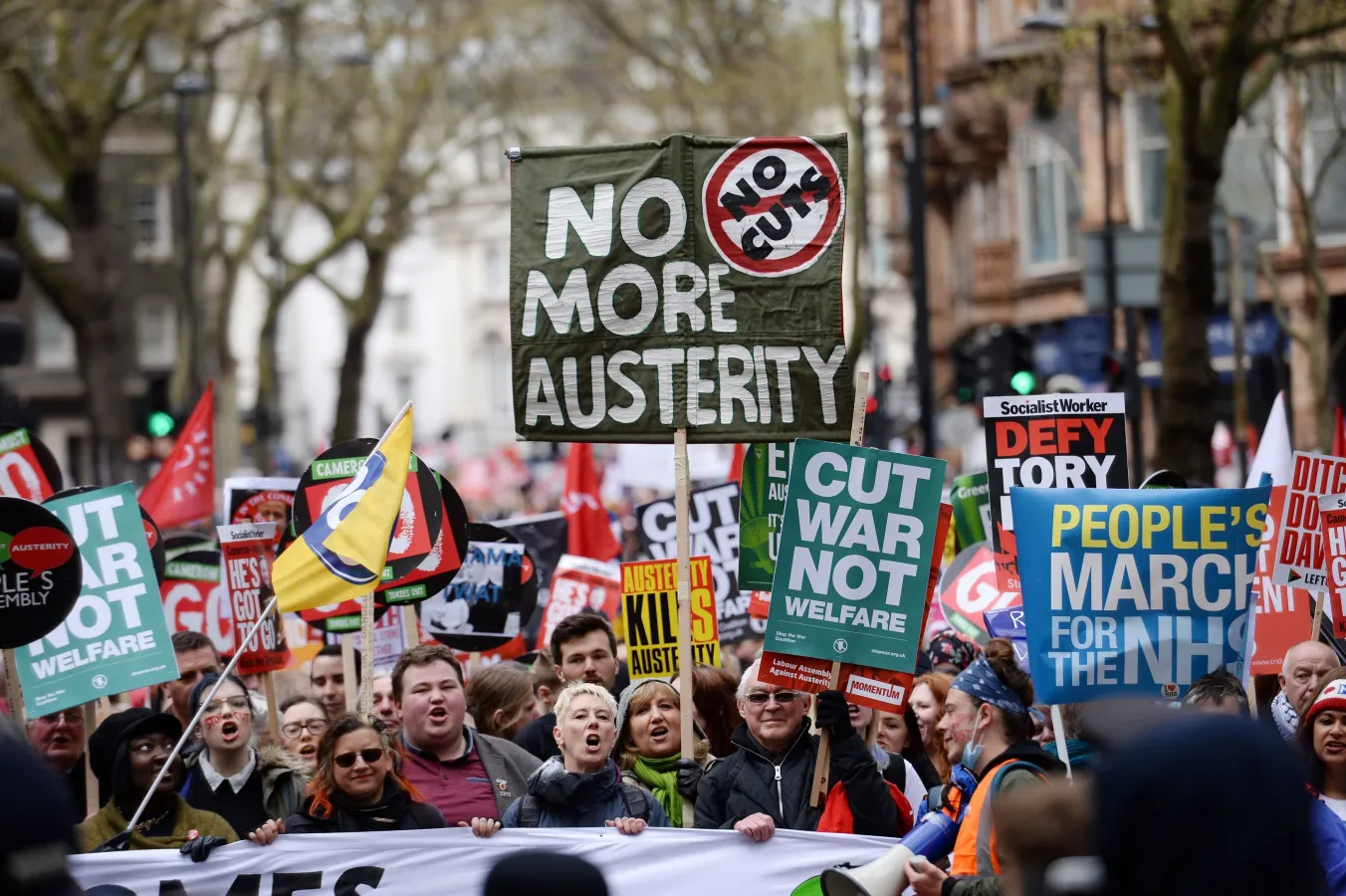
In the second of two articles on Labour’s weak Budget, ROBERT GRIFFITHS argues that Britain’s massive private wealth and offshore tax havens show clear potential for radical redistribution through progressive taxation
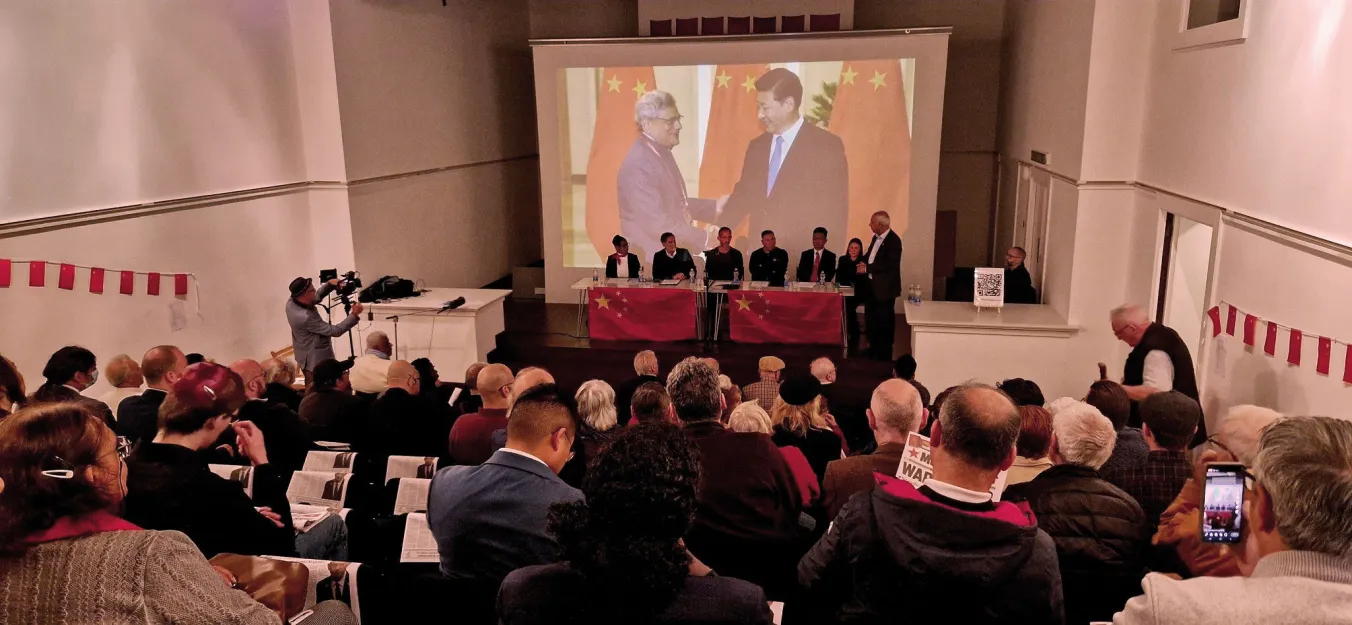
As the People's Republic turns 75, ROBERT GRIFFITHS details how British communists championed Chinese sovereignty against imperialism, weathering the political storms of the Sino-Soviet split and collapse of the USSR to rebuild relations for the modern era

The leader of the Communist Party of India (Marxist) rose from campus politics to become a key strategist in building coalitions, shaping India’s politics through skilled negotiation and an unwavering commitment to Marxism
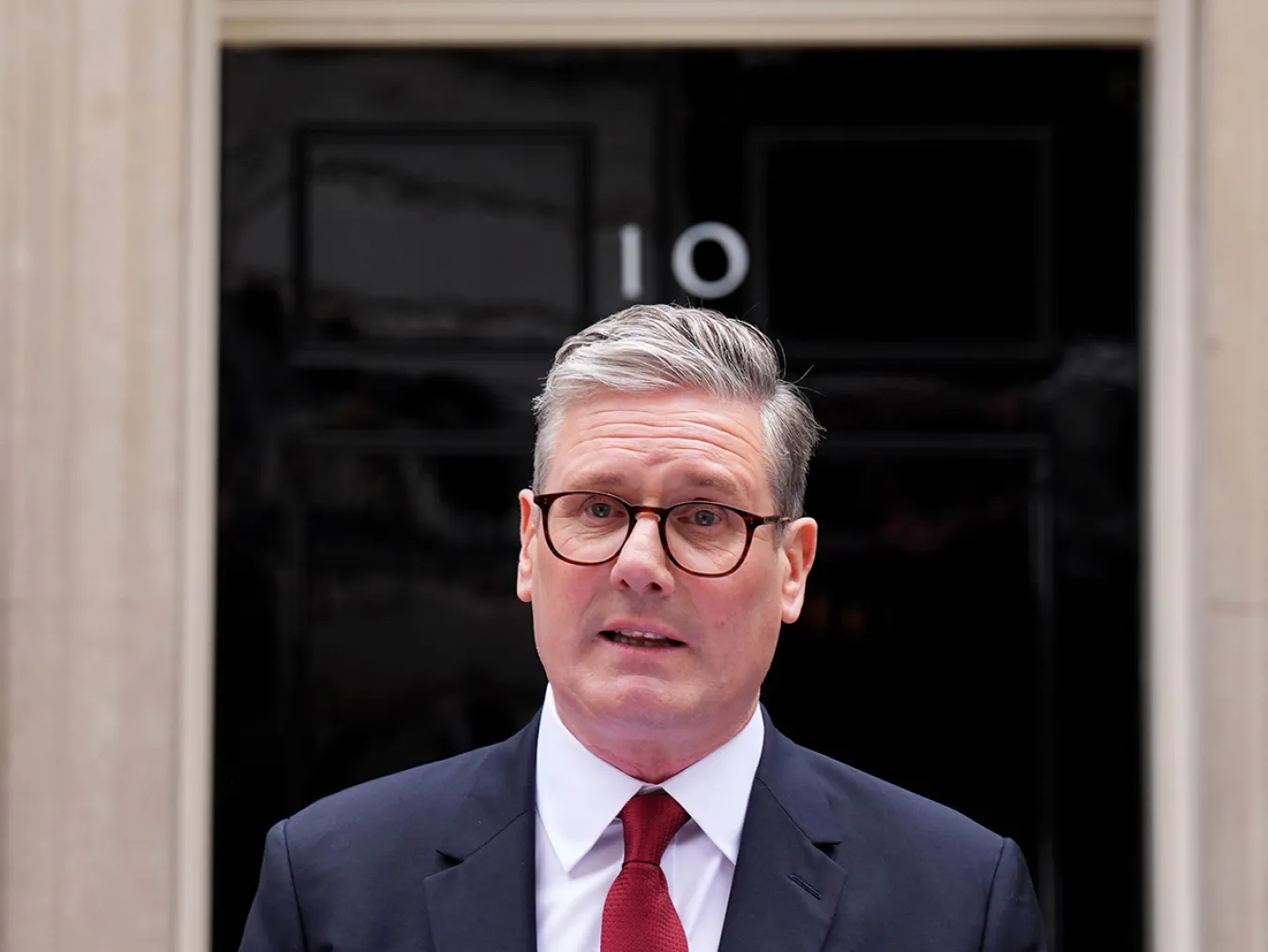
Communist Party leader ROBERT GRIFFITHS dissects the election results, looking at all of the political spectrum, from the hard right to the far left, and assesses the political landscape it reveals
Similar stories
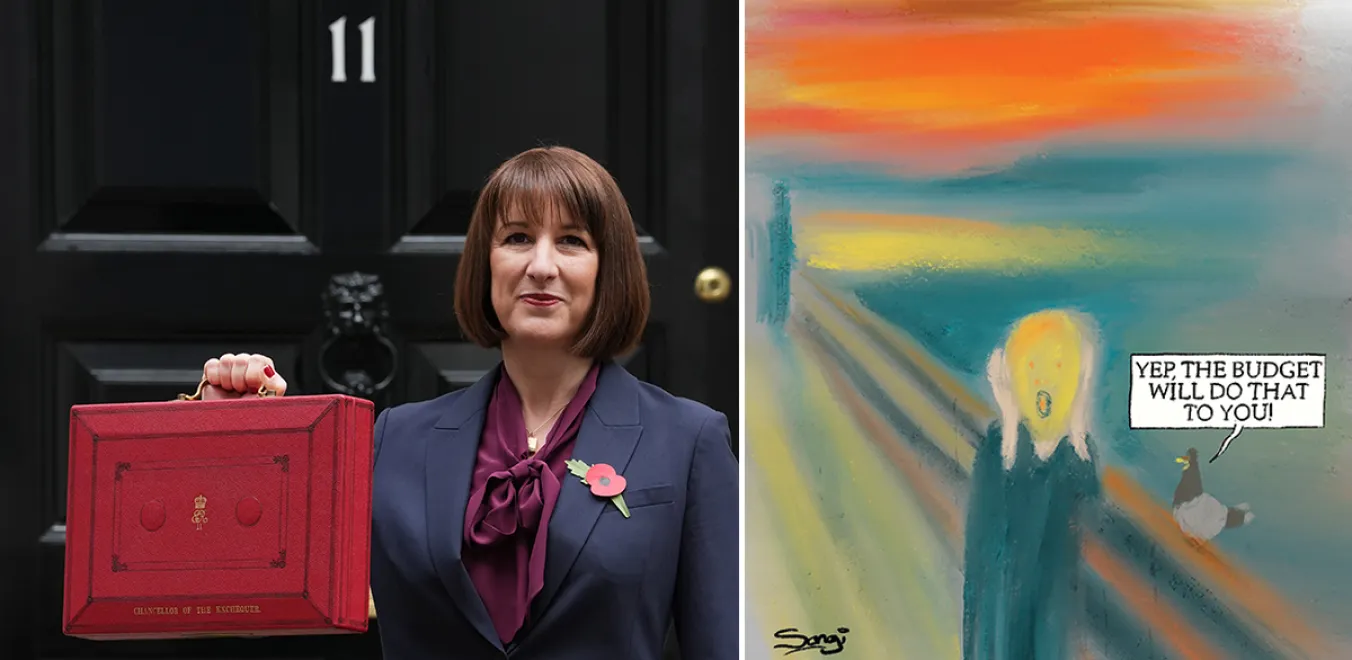
Comparing Budget measures to fictional Tory plans rather than actual spending levels conceals continued austerity, argues DIANE ABBOTT MP, as workers face stealth tax increases to bear the cost of economic stagnation

ROBERT GRIFFITHS reviews last Wednesday's Budget, outlining the obvious alternatives — that are not even radical let alone socialist — the government could have adopted to fix the sinking ship that is our economy



